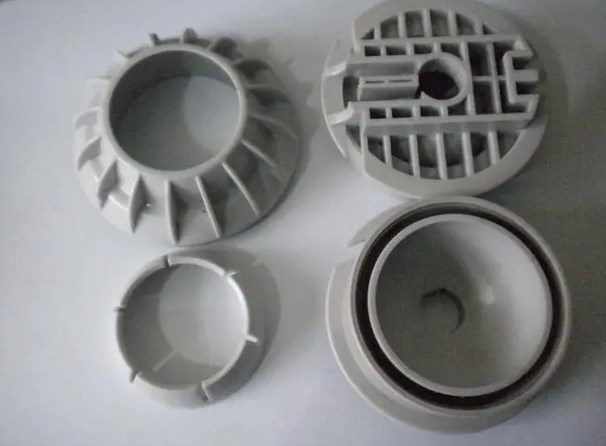Injection molding is a popular manufacturing process used to produce high-quality plastic parts in large quantities. To ensure the success of the injection molding process, it is important to adhere to specific design guidelines. These guidelines are crucial for creating molds that are capable of producing consistent, high-quality parts. In this article, we will discuss some of the key design guidelines for injection molding.

Wall thickness
The wall thickness of the part is one of the most important design considerations for injection molding. Thick walls can lead to uneven cooling and warping, while thin walls may result in weak parts that are prone to breakage. It is recommended to keep the wall thickness between 0.8 and 3mm for best results. Additionally, the thickness should be as uniform as possible to ensure even cooling and reduce the likelihood of defects.
Draft angles
Draft angles are used to facilitate the removal of the part from the mold. Without draft angles, the part may become stuck in the mold, leading to defects or damage. A minimum of 1-2 degrees draft angle is recommended for most parts, with larger draft angles required for deeper parts.
Ribs and bosses
Ribs and bosses are used to add strength to the part. They should be designed to be as thin as possible while still providing the required strength. Additionally, they should be placed perpendicular to the mold opening direction to avoid sink marks or deformation.
Gate location
The location of the gate, where the plastic enters the mold, can have a significant impact on the quality of the part. The gate should be located in a non-cosmetic area of the part, and its position should be carefully chosen to ensure even filling of the mold cavity. The recommended gate diameter should be at least 50-70% of the wall thickness.
Texture and finish
Texture and finish are important design considerations for injection-molded parts, as they can affect the appearance and functionality of the final product. Textures can be added to the mold to create specific finishes, such as matte or glossy. The finish should be selected based on the intended use of the part and its desired aesthetic.
Undercuts
Undercuts are features that prevent the part from being easily removed from the mold. They can be problematic for injection molding, as they can lead to defects or damage to the part. It is recommended to minimize the use of undercuts, or to incorporate features such as lifters or sliders to facilitate their removal.
Material selection
The material selected for injection molding can have a significant impact on the final product. Different materials have different properties, such as strength, durability, and heat resistance. It is important to select the appropriate material for the intended use of the part.
In conclusion, adhering to design guidelines for injection molding is essential to ensure the successful production of high-quality plastic parts. These guidelines include considerations such as wall thickness, draft angles, ribs and bosses, gate location, texture and finish, undercuts, and material selection. By following these guidelines, designers can create molds that produce consistent, high-quality parts.













